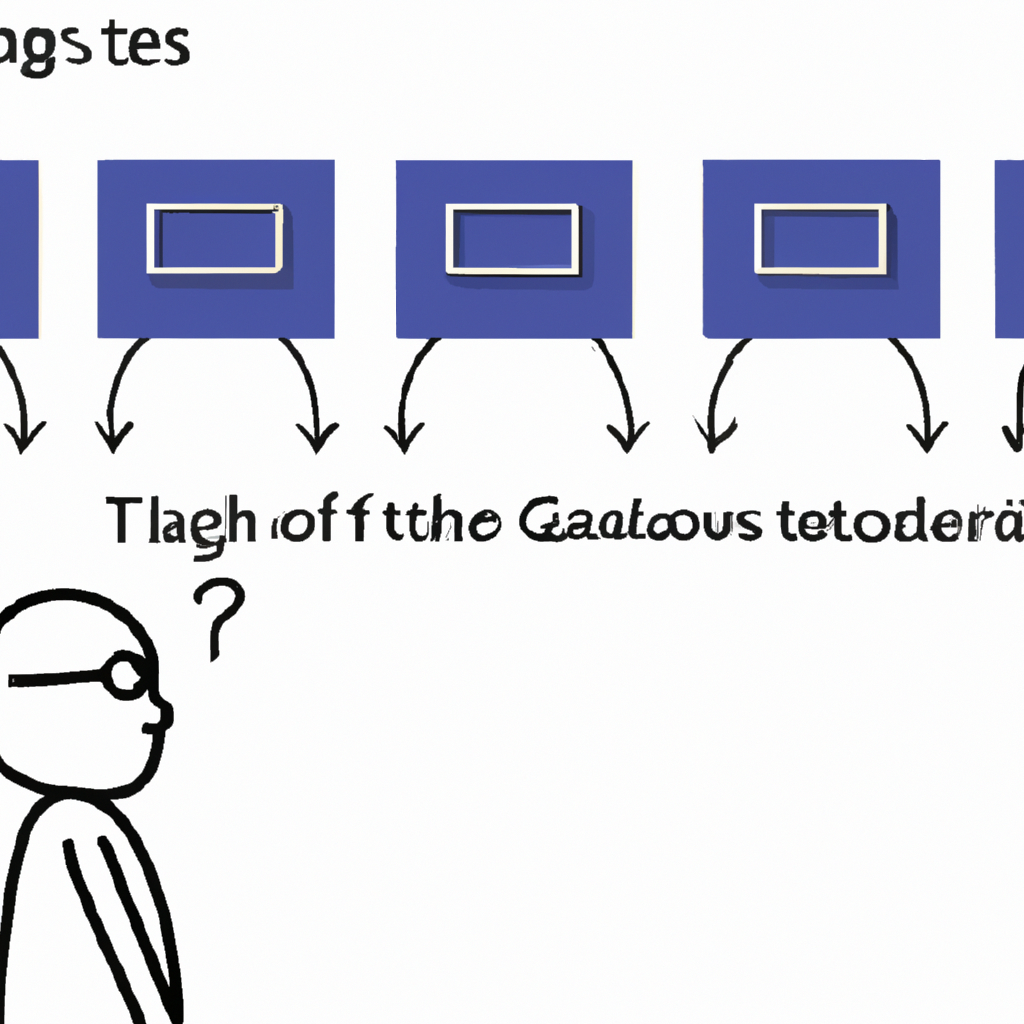Welcome to our comprehensive guide on Kirchhoff’s Laws and how to master them effortlessly. Whether you’re a student, an electronics enthusiast, or a professional in the field, understanding Kirchhoff’s Laws is essential for analyzing and solving complex electrical circuits. In this article, we will break down these laws and provide you with practical examples and step-by-step explanations, empowering you to tackle circuitry with confidence and ease.

What are Kirchhoff’s Laws?
Kirchhoff’s Laws, named after the German physicist Gustav Kirchhoff, are fundamental principles that govern the behavior of electrical circuits. These laws are essential in analyzing circuit elements, such as resistors, capacitors, and inductors, and enable us to determine voltages, currents, and power distributions within a circuit.
Kirchhoff’s Current Law (KCL)
Kirchhoff’s Current Law, also known as KCL, states that the total current entering a junction or node in a circuit must be equal to the total current leaving that junction. In simpler terms, it implies that the sum of currents flowing into a node is equal to the sum of currents flowing out of that node.
This law is based on the principle of charge conservation, as no charge can accumulate or disappear within a circuit. KCL provides a powerful tool for analyzing complex circuits with multiple branches and junctions.
Kirchhoff’s Voltage Law (KVL)
Kirchhoff’s Voltage Law, abbreviated as KVL, asserts that the sum of all voltage drops within a closed loop in a circuit is equal to the sum of the voltage sources. In other words, the algebraic sum of all voltages around any closed loop in a circuit is zero.
KVL is an essential tool for understanding voltage relationships in a circuit and is based on the principle of energy conservation. By applying KVL, we can determine unknown voltages and verify the validity of circuit calculations.
Applying Kirchhoff’s Laws
Now that we have a basic understanding of Kirchhoff’s Laws, let’s dive into some practical examples to see how they are applied in real-world scenarios.
Example 1: Simple Series Circuit
Consider a simple series circuit consisting of a resistor, an inductor, and a voltage source. We want to determine the current flowing through the circuit and the voltage drop across each component.
- Begin by applying KVL to the loop containing the resistor, inductor, and voltage source. The sum of the voltage drops across the resistor and inductor should be equal to the voltage supplied by the source.
- Next, apply KCL at the junction connecting the resistor and inductor. The current entering the junction should be equal to the current leaving it.
- With the two equations obtained from KVL and KCL, solve for the unknowns, which in this case are the current and voltage drops.
Example 2: Parallel Circuit with Multiple Loops
Let’s now explore a more complex scenario involving a parallel circuit with multiple loops. This circuit consists of resistors, capacitors, and a current source. Our goal is to determine the currents flowing through each branch and the voltage across specific components.
- Apply KCL at each junction in the circuit to determine the currents entering and leaving.
- Apply KVL to each closed loop in the circuit, considering the voltage drops across resistors, capacitors, and the voltage source.
- By setting up a system of equations using KCL and KVL, solve for the unknowns, which include the branch currents and voltage across components.
Tips and Tricks for Mastering Kirchhoff’s Laws
Understanding and applying Kirchhoff’s Laws effectively requires practice and familiarity with circuit analysis techniques. Here are some tips and tricks to help you master these laws:
- Simplify the circuit: Before applying Kirchhoff’s Laws, simplify the circuit by combining series and parallel elements. This reduces complexity and makes the analysis more manageable.
- Label currents and voltages: Assign labels to the currents and voltages in the circuit, making it easier to track and solve for unknowns.
- Choose a consistent direction: When applying KVL, choose a consistent direction for traversing the loop. This ensures the correct sign convention for voltage drops.
- Use Ohm’s Law: Combine Kirchhoff’s Laws with Ohm’s Law to relate current, voltage, and resistance values. This simplifies calculations and provides additional insights into the circuit behavior.
- Practice with diverse circuits: Work on a variety of circuits with different configurations to gain a deeper understanding of how Kirchhoff’s Laws apply in various scenarios.
Conclusion
In conclusion, mastering Kirchhoff’s Laws is crucial for anyone dealing with electrical circuits. By understanding and applying Kirchhoff’s Current Law (KCL) and Kirchhoff’s Voltage Law (KVL), you can confidently analyze and solve complex circuit problems. Remember to simplify the circuit, label currents and voltages, choose a consistent direction, utilize Ohm’s Law, and practice with diverse circuits. With these techniques, you can harness the power of circuitry and unlock endless possibilities in the world of electronics.




